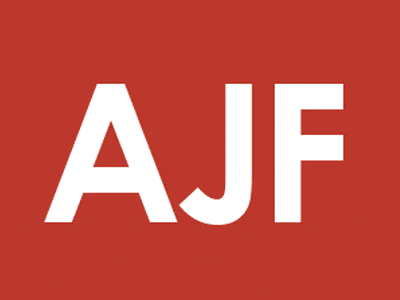Chile is a land of earthquakes, but it isn’t just a case of the earth moving. In November 2010, the tectonic plates of the emerging scene of contemporary Chilean jewelry moved to unexpected places in this part of the globe. The catalyst? Ruudt Peters came to openly share his particular way of understanding contemporary jewelry, the way it operates and to understand the space of the practice. He left a trail, or perhaps a fissure, in a territory that was, until now, uncharted.

It may be that, until now, the main event in contemporary jewelry in Chile was the visit of a more or less important contingent of Chilean jewelers to the Gray Area symposium, held in Mexico City in early 2010, where talks and exhibitions caught the attention of Chilean jewelers and introduced them to contemporary jewelry as a branch of art.
Peters’s exhibition took place at MAC, the Museo de Arte Contemporáneo de Chile. In this environment the work was grounded in a context of art and disassociated from design. The exhibition was opened by a powerful conference that was well attended. The audience included mostly independent jewelers and many young students of jewelry.
It was a superb lecture, with the audience discovering that it was not a talk about technicalities. Many questions arose among the audience, who never imagined they would encounter a jeweler who puts layers of conceptualizing into his work. Peters allowed us to discover that behind the formal result was a committed internal development, framed by the ideas of alchemy in which transformation is the essence that leads him to develop his work.
In other words, it was the first time that Chilean audiences witnessed the work of an artist who uses all the dimensions of jewelry as a means of expression.

As a whole, the exhibition presented a varied selection of pieces that were part of different series made during the last decade, forming a unique blend never before seen anywhere else in the world. Being forced to kneel on the ground to have almost religious contact with the work of one of the most respected exponents of the international jewelry scene was a real luxury in these latitudes. Peters’s exhibition invited us to reflect on the importance of the museum environment in creating a sense of the work and how the work acquires greater strength through the way it is displayed.
The exhibition was attended by groups that went beyond the small and closed scene of believers that usually attends contemporary jewelry exhibitions. (See, for example, Bejamin Lignel’s post CCTV on the Klimt02 website.) For example, Ricardo Loebell attended the opening. He is a scholar in philosophy and aesthetics, the author of numerous writings on art and literature and a member of the National Council for Culture and the Arts. It is, perhaps, an early indication of the potential for contemporary jewelry to open links to other art practices in Chile.
If this opening does exist, then it can be understood as a rift caused by the strong quake of Ruudt Peters and his work having been seen in Chile. His visit allowed us, as a national scene, to reflect that we cannot expect to generate contemporary jewelry in Chile if the protagonists do not realize that it is a practice in contemporary art that goes beyond the merely technical, material and aesthetic ideals of jewelry design prevalent in Chile now. Some time ago the term contemporary jewelry was appropriated by makers who have nothing in common with the kind of practice this term represents overseas – with jewelers like Peters. As a result there is a total lack of knowledge and much confusion about contemporary jewelry on the part of artisans, designers and contemporary art disciplines.

Earthquakes can be measured by different scales. Richter is related to the energy released and Mercalli is based on the destructive effect, the impact on the population. The conceptual quake released by Peters’s visit would score very highly on the Mercalli scale. We hope that his arrival will be the seed or the fertilizer that mirrors the same sensation as a grade twelve earthquake: total destruction; waves visible in the ground; disturbances of the levels of rivers, lakes and seas; objects thrown upward into the air. A new contemporary jewelry scene in Chile is created.




